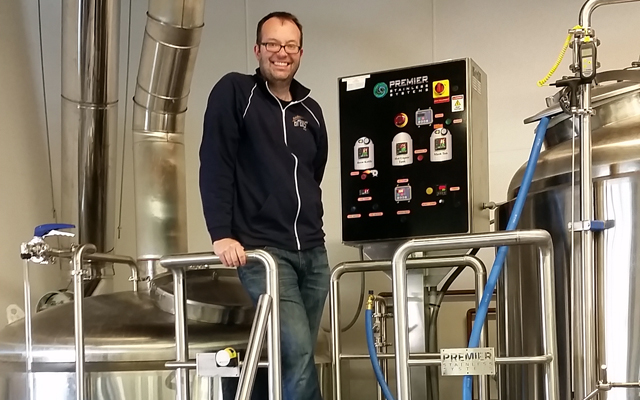
“A beer described as salty, lemony, yet refreshing — how on earth can that work?” was what I thought when I first heard about the Gose style. I was hesitant to believe it could be anything I’d ever want to drink, but after trying a few examples of the style, it made total sense. Salt and vinegar crisps in my native UK are a favorite for me — so why not a liquid version of sorts?!
Two GABF Gold medals later (the German-Style Sour Ale — Category 69 in 2015 and Category 72 in 2016 with Reuben’s Brews’ “Gose”), I can’t ever imagine not having brewed a Gose — it’s become a part of who we are. And is a consistent can in our home refrigerator.
At the time we hadn’t yet brewed with lactobacillus. Perhaps the use of a bacteria which for most beers is a spoiler to create sour beers is what kept many breweries away from these styles for so long. As every brewer will tell you, 80 percent of the job is cleaning, and sterile environments are very important for brewing. Introducing bacteria in the brewery felt a bit of a risk, but exploring new ground and enjoying challenges is why we opened the brewery in the first place, so I gladly took up the challenge of brewing a Gose.
The first three batches of Gose I ever brewed were at home using various techniques. After lots of research and experimenting with different pitches, durations, and souring processes, I finally found a souring technique that was pure, clean, reliable, and tart. I then used that process to build up our lactobacillus starter for our first commercial pitch — taking a 1L pitch from the lab, building it up five gallons. We then used this pitch for the 6.5-barrel and first-ever commercial batch of Gose. We also had to translate the souring technique from our homebrew system to our pilot system in the brewery.
Having developed the souring process for the style, we then had to get two other key defining elements of the style correct — salinity and coriander. Salinity is a crucial element of the style. The freshly ground coriander provides a citrusy punch. Being a Brit, I’m pretty sensitive to spices in food — my wife says it’s a function of eating bland boiled vegetables my whole life. We tend to go light on spices in our beers, because you can always add more spices but you can’t take them away as easily. Consulting with some trusted chefs led us to our choice of Fleur des Lis as the salt used in our beer, as well as an organic coriander that we grind during the brew day so it’s as fresh as can be.
We started canning our Gose back in February, 2016 — it was the first beer we ever canned on our brand-new canning line. It’s been very successful so far — we often sell out of our cans, and are struggling to keep up. We’ve been pleasantly surprised by how well the beer has been received by so many beer drinkers who have tried it, not just the beer geeks.
The truth is that sour beer isn’t really sour, it’s tart, like a lemon acidity, or similar to cider in acidity. For the long-term strength of the sour beer category we need to continue to educate the public about new or lesser known beer styles, and help them on their craft beer journey. For sour beer to become more than a niche we need to help explain this to people and let them try it.


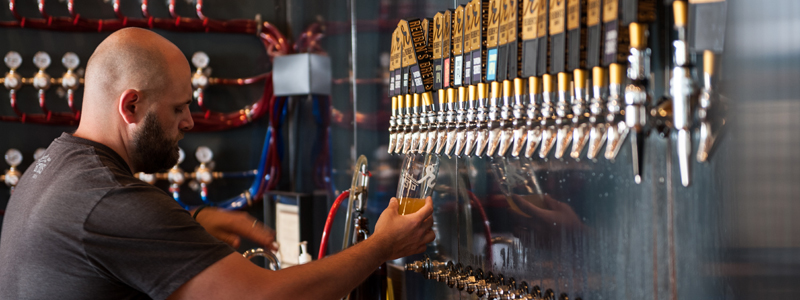

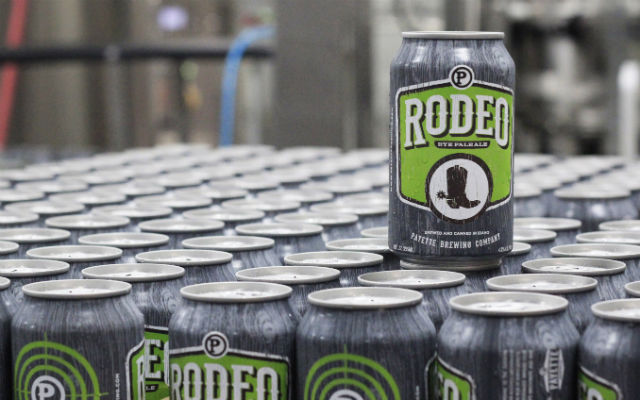
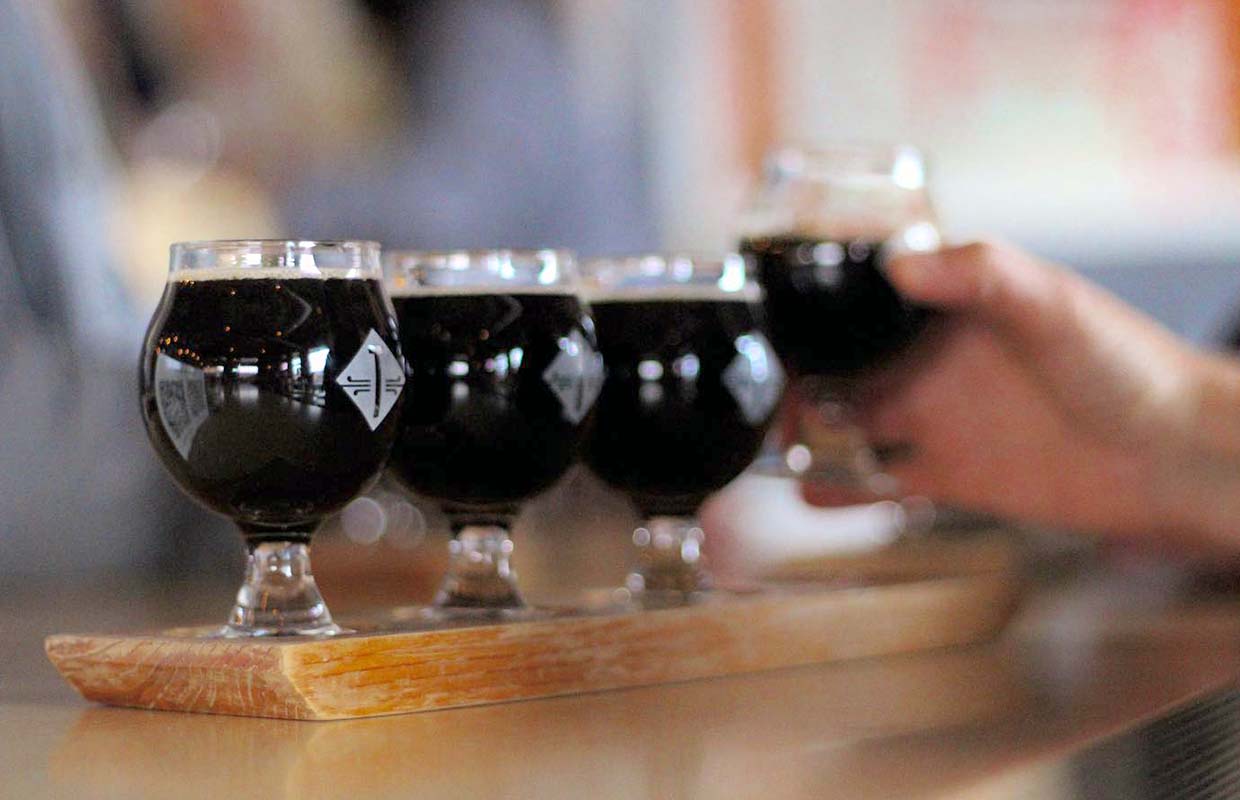
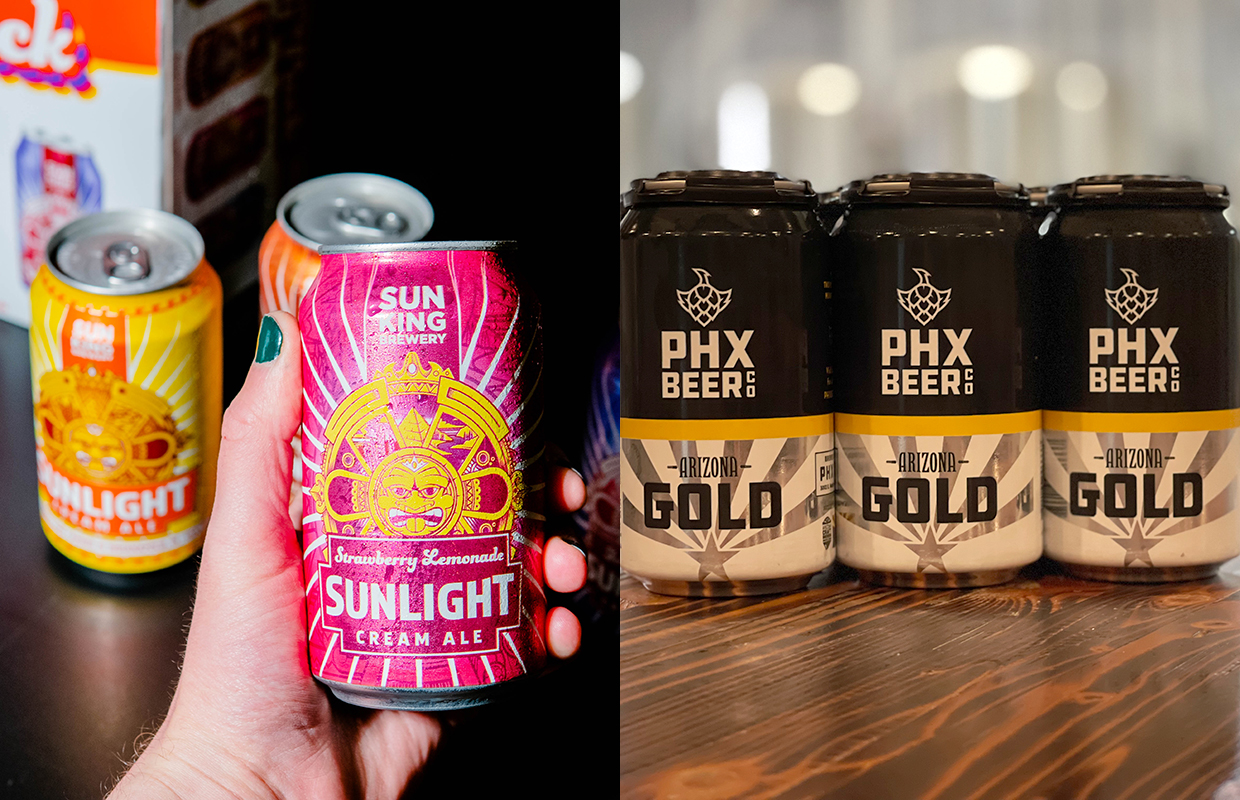
Be the first to comment